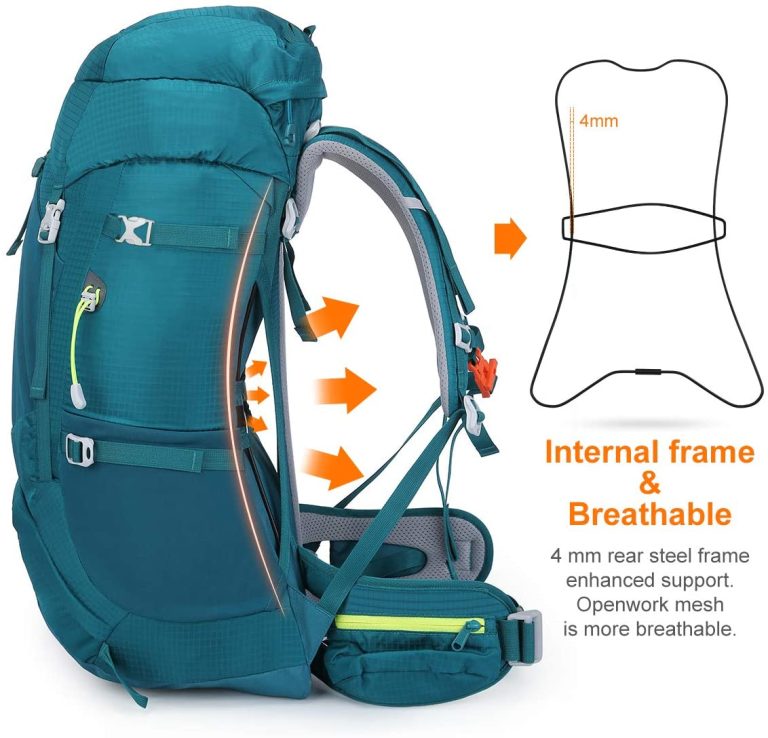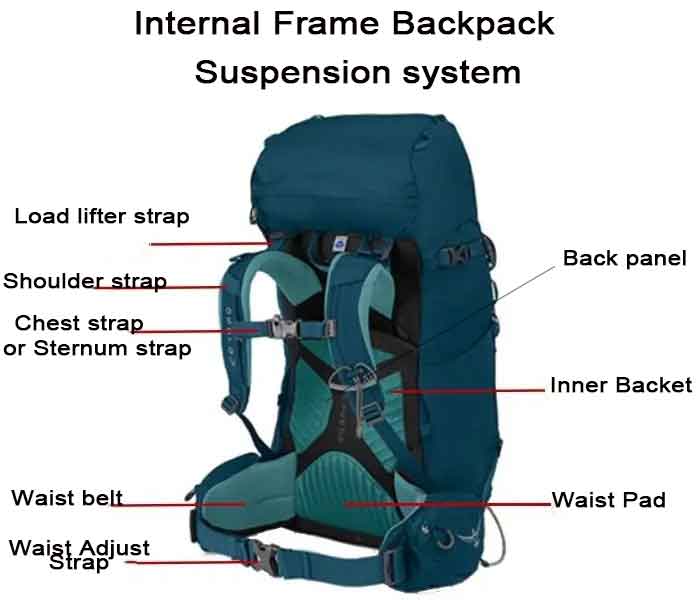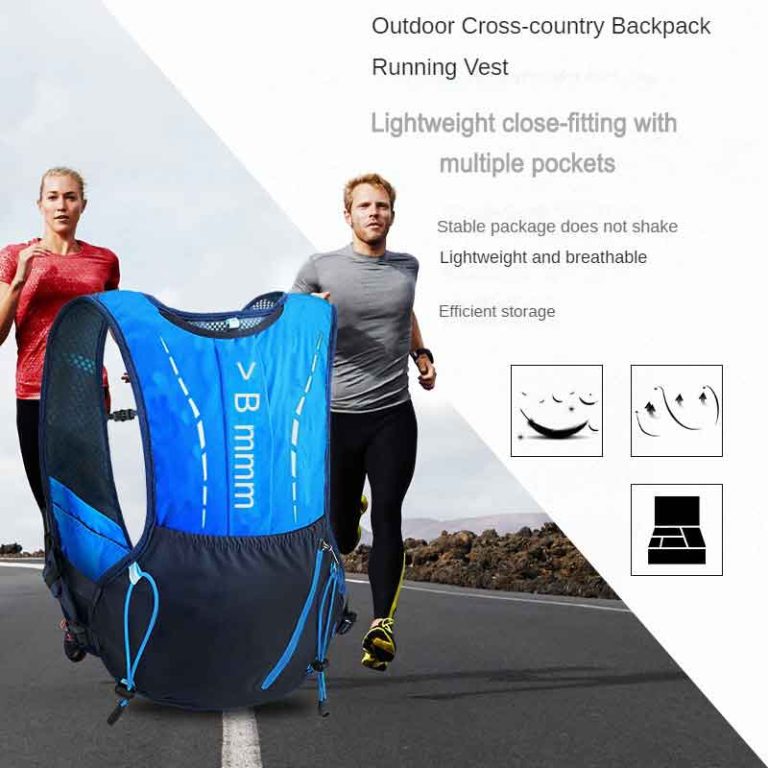Internal frame backpacks are designed to provide excellent support and comfort when carrying heavy loads, especially during long hikes or expeditions. One of the key components that contribute to the functionality and comfort of these backpacks is the load-lifter straps.
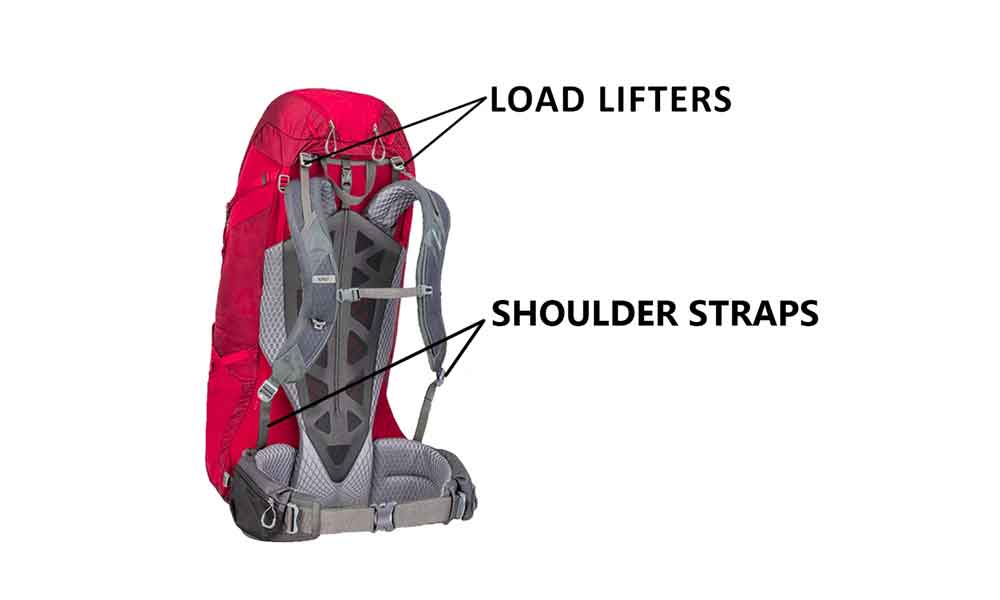
Importance of Load-Lifter Straps in Internal Frame Backpacks
- Weight Distribution:
- Load-lifter straps connect the top of the backpack’s frame to the shoulder straps.
- They help distribute the weight of the pack more evenly across your shoulders and upper back, reducing strain on your lower back and hips.
- Stability:
- By tightening the load-lifter straps, you can pull the backpack closer to your body, which enhances stability and reduces swaying or movement of the pack as you walk.
- This is particularly important when navigating uneven terrain or steep inclines.
- Comfort:
- Properly adjusted load-lifter straps can significantly improve the comfort of carrying a heavy load by reducing pressure points and ensuring that the backpack sits snugly against your back.
- They help prevent the backpack from bouncing or shifting, which can cause discomfort over time.
- Posture Support:
- When correctly adjusted, load-lifter straps can help maintain a more upright posture by lifting the weight off your lower back and transferring it to your shoulders and torso.
- Good posture is crucial for preventing long-term back issues and fatigue.
- Adjustability:
- Load-lifter straps are adjustable, allowing users to fine-tune the fit of their backpack based on the specific load and the individual’s body shape.
- This adjustability ensures optimal comfort and performance for different types of activities and varying weights.
- Pack Security:
- Tightening the load-lifter straps can also help secure the contents of the backpack, reducing the risk of items shifting or becoming damaged during transit.
How to Adjust Load-Lifter Straps:
- Start with a Light Load:
- Before adjusting the load-lifter straps, start with a light load to get a feel for how the backpack should sit.
- Positioning:
- Ensure that the straps are positioned at an angle that pulls the backpack towards your shoulders without causing discomfort.
- Tightening:
- Gradually tighten the load-lifter straps until the backpack feels secure and stable against your back.
- The straps should not be so tight that they pull your shoulders forward.
- Test and Adjust:
- Walk around with the backpack to test the fit and make any necessary adjustments.
- It may take some trial and error to find the perfect balance.
- Final Check:
- Once you have the straps adjusted, perform a final check to ensure that the backpack feels comfortable and stable.
- You should be able to move freely without the backpack shifting or pulling you off balance.
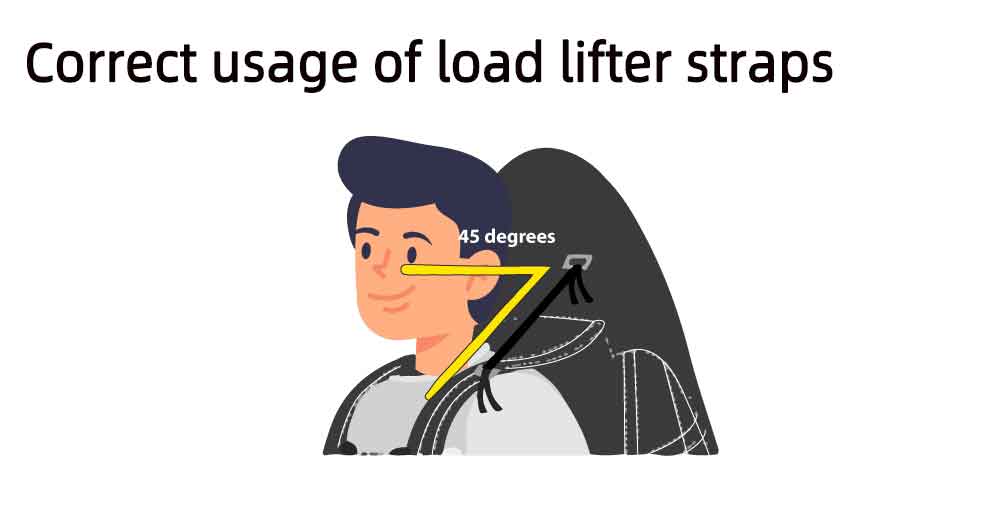
By properly utilizing and adjusting the load-lifter straps on your internal frame backpack, you can significantly enhance your hiking experience, making it safer and more enjoyable.

